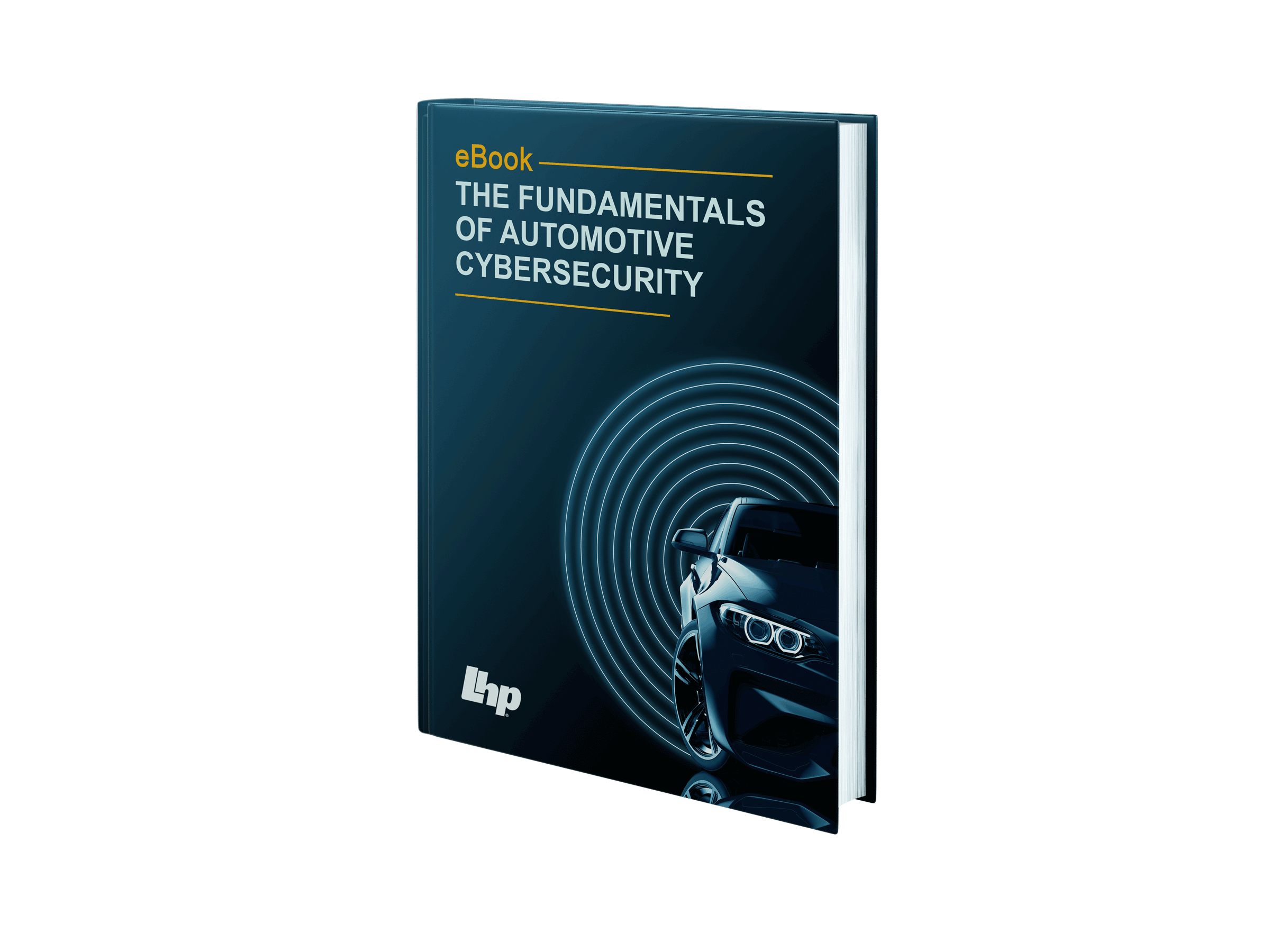Blog
Unlock Engineering Insights: Explore Our Technical Articles Now!
Driven by Code: The Software-Defined Vehicle Podcast
Explore the World of Software-Defined Vehicles – Tune in to Driven by Code!
eBooks, Whitepapers, and Case Studies
Unlock a Wealth of Knowledge – Explore Our eBooks, Whitepapers, and More!
Webinars and Videos
Stay Informed and Inspired – Watch Our Webinars and Videos Now!
Process & Automation
Systems & Software Dev
Verification & Validation
FREE Downloadable eBook!
The Fundamentals of
Automotive Cybersecurity

Download your FREE Copy Today!
eBook: The Fundamentals of Automotive Cybersecurity
Modern electric vehicles (EVs) are mechatronic machines that combine electric propulsion, electronic control, mechanical actuators, and extensive sensor packages, to create a vehicle that is more intelligent, more efficient, and safer than traditional fossil fuel vehicles. And as they evolve, they are laying the foundations for true autonomous operation. The lifeblood of these systems is the trustworthy communication of data between the driver and the vehicle, the vehicle, and its environment, and the transfer of data among the different systems of the vehicle itself.
Common to all connected systems is their reliance on digital technologies in one form or another. Sensors, microprocessors, actuators, and communication systems all perform their functions via digital means. Autonomous electric vehicle ecosystems function much like an organism, with different systems working together under rules and conditions that have evolved and been refined over time. Data is digitized, recorded, relayed, processed, analyzed, and shared among these systems to perform useful work. Keeping these communications protected and secure is the role of cybersecurity, which is the practice of protecting sensitive information and critical systems from digital attacks.
These systems are built upon the trustworthiness of the data flowing within them. But just like natural organisms, they are vulnerable to weakness and exploitation. These risks can take many forms, some random and accidental, and others quite targeted and deliberate. Their likelihood and potential for harm can vary greatly with each unique instance. Threats can include attacks on the cloud, attacks on the Internet of Things (IoT), and attacks on the digital systems onboard the vehicle itself.
To keep the vehicle ecosystems healthy and viable, they must be protected. To protect them, the risks must first be identified. Occasionally, systems are vulnerable to unintentional risks such as natural disasters, power outages, and service interruptions. These risks must be anticipated as well. Regardless of the cause, all of these are risks that cybersecurity is intended to mitigate.
In this eBook, we talk about all of these considerations and more, not only identifying the risks but how to address these challenges. We talk about the system and tool considerations, the typical processes for managing cybersecurity work, and the human considerations of the people who are trying to do harm, and the people who try to stop them.
The security challenges presented by autonomous and connected vehicles offer a wide array of learning opportunities. Cybersecurity is and will remain, a constant presence in the automotive realm that will only increase in importance over time. It is paramount for the organization to achieve a level of maturity capable of providing security guidance for the whole organization, from development to production.





